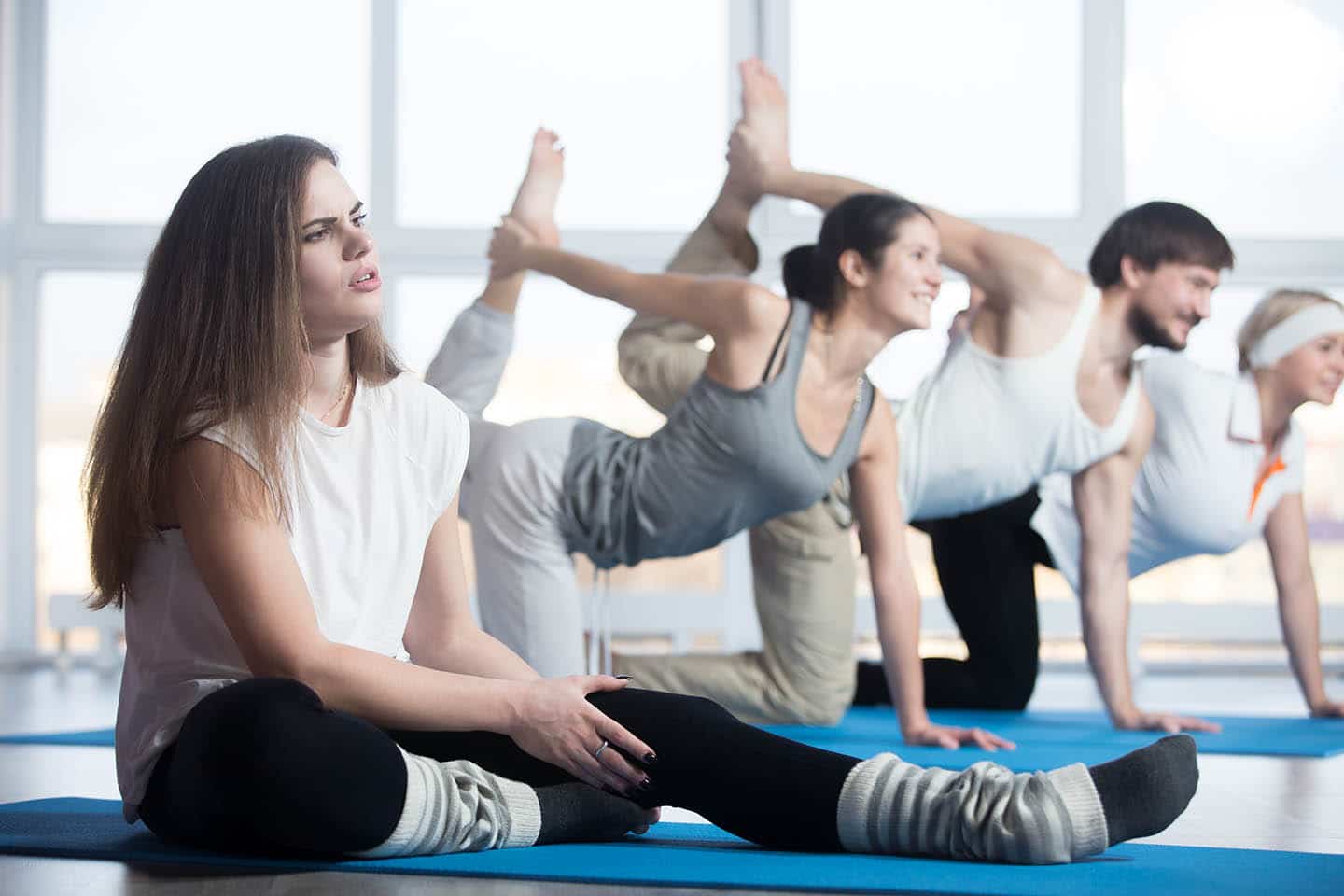What are muscle knots?
Muscles knots are hard, sensitive areas of muscles that tighten and contract even when the muscle is at rest. These tense collection of muscle fibres can cause pain in other parts of the body when touched. They’re also named trigger points. Muscle knots are mostly caused by a sedentary lifestyle, overusing or injuring your muscles and poor posture. Dehydration, unhealthy eating habits, and stress and anxiety may also contribute.
What do muscle knots do?
Muscles knots can cause aching sensations and pain in your muscles and joints. When you touch a muscle knot, it may feel swollen, tense, or lumpy. It could also feel tight and contracted, even when you’re trying to relax, and they’re often sensitive to the touch. The affected area may even become inflamed or swollen. Muscle knots can cause insomnia, headaches, muscle or joint pain, stress and anxiety.
Why do we get muscle knots?
Muscle fibres run in all different directions in our body and muscles are layered on top of each other from our heads to our toes. This is a good thing and the reason why we can bend, twist, dance, and play sports. Our muscles are meant to be pliable, strong, and tested. However, when we sit at a computer all day in the same position, if we injure ourselves, or if we are chronically dehydrated, we can lose our mobility and flexibility. The various muscle fibres start to stick to each other and become adhered. Unfortunately, if left untreated, the muscle tissue will continue to lose elasticity and cause postural stress that is hard to reverse. It’s not all bad news, and there are a lot of things you can do to treat and prevent muscle knots.
How can we prevent muscle knots?
Nourish.
Drink plenty of water and eat a healthy diet.
Move.
Every hour at work, get up and walk around. While when sitting at your desk, straighten out your back, turn your neck from side to side, uncross your legs.
Exercise.
If we aren’t moving, stretching, and lifting, then we are weakening our postural muscles.
Massage.
Healthcare is coming around to the fact that massage is not just some occasional luxury saved for vacations and spa days. Massage Therapy can help keep your muscles healthy, pliable, and oxygenated.
Lifestyle.
A life filled with stress and lack of sleep is a perfect pathway to injury. Slow down, get more sleep, and breathe. Even as little as 15 minutes a day of focused relaxation time can make a world of difference.
How can we treat muscle knots?
Rest
If you’re in pain, it is your body’s way of saying it needs a break. You need a break from whatever is causing the pain.
Massage
Massage Therapy is not only great for prevention, but an excellent clinical massage therapist can help relieve that muscle pain, break up the adhesions, and recommend self-care that you can do on your own.
Physical Therapy
If you have been in pain for a while, physical therapy can really help. Not only will the treatment consist of manual therapy like massage and stretching, but the therapist can help identify the underlying causes, and give you a home exercise program to keep you healthy after treatment.
Stretching
Gentle movements by going through your full range of motion can be beneficial. Do not push stretches too hard, as you can over-stretch, and just because a muscle is hurting, doesn’t mean it needs to be elongated. Sometimes the opposite is true. However, gentle, full-body movement is usually a good idea as long as it is pain-free.
